What is functional lighting?
- Posted on
- By INTOLED
- 0

All about functional lighting: essential for any interior. Discover the crucial role of functional lighting in the home and workplace. From designing a lighting plan to choosing the right lighting for each room, learn how to create the perfect atmosphere with targeted and efficient lighting.
What is functional lighting?
Functional lighting is lighting with a specific function. The name kind of says it all. A lamp above the bathroom mirror makes sure you can get a good look at yourself. An LED panel in an office space provides uniform distribution of light so that the whole room is evenly lit. So the purpose of functional lighting is to provide the right amount and direction of light for a specific situation. This often provides more illumination and more focused lighting in the room than general lighting. But why is functional lighting so important?
Why do you use functional lighting?
Functional lighting plays a crucial role in our daily lives. It goes beyond simply illuminating a room; it makes activities such as reading, cooking, or working more comfortable and efficient. At home, you don't want to feel like you're still at the office so many people choose warmer colours, smaller light sources and soft light. Conversely, at work you obviously don't want to nod off or get a headache because the blue light from your monitor irritates.
How do you use functional lighting?
So functional lighting is used in lots of places. Even your little reading lamp next to your bed is a form of functional lighting. So you come across it more often than you think. That is why it is important to take a good look at how your lighting is arranged in rooms where you are often, at home or at work. Making a lighting plan helps you determine functional lighting. A well-designed functional lighting plan for a study room, for example, can help you increase concentration by selecting bright and directional lighting.
Uniform and even lighting
One of the key words for a brightly lit room is evenness. In libraries, offices and practices, you don't want dark corners with nothing to do. Everyone should be able to do their work equally well at every spot in the room. This even lighting does not always have to be functional. In that case, combining it with accent lighting makes the entire lighting system functional. Think of an art gallery. The basic lighting ensures that you can clearly see where you are walking and have an overview of the entire space. The accent lighting highlights the works of art so you can study them extra well.
The function of a lighting plan (the basics)
A well-thought-out and clear lighting plan is essential for any interior. In a lighting plan, you indicate where you will place the lamps, the intensity of the lighting and how the light beam will shine into the room. When you are renovating a room, it is useful to think about this in advance. You can also indicate in your lighting plan where socket outlets and light points are located. Then you immediately know whether you need to do something with those as well. In a house, of course, you want to focus on main lighting, accent lighting and mood lighting. But in a restaurant, for example, a functional lighting plan can focus on creating an atmosphere that both enhances the presentation of food and provides a pleasant dining experience. And in a gym, a functional lighting plan can provide bright, motivating lighting that promotes energy and vitality. Sleeping athletes on a spin bike is no use to you, of course!
Design your own lighting plan

Would you like to start working on a lighting plan for your space yourself? You can do so in a few simple steps. Make a floor plan of the room for which you want to create a lighting plan. Make sure you don't forget to include doors and windows. These let light through or block light sources.
Determine the function of the different corners of the room. Are you going to set up an office? Or a canteen with different seating areas? Do you want to divide the whole room equally or do you have a large room with multiple functions? Next, draw the basic lighting.
These are the first lights you switch on when you actively use lighting. In other words, when it gets dark. Think of the LED panels in an office, the lighting above the sink in the kitchen or the main lighting in the toilet. After that, you can add any mood lighting.
Do you want to hang cute filament lights in the canteen or will there be atmospheric wall lights by the mirrors in the toilet? Now it's time for accent lighting. Are there desks that need a lamp? Do you want to highlight plants or paintings in the room? Now that you have made a clear drawing of your light sources, you can see if you are happy with the light points and/or sockets for your lighting.
Do additional light points need to be created or can you get straight down to selecting your lighting? Once you have everything worked out, it's time to decide which lights to buy. Sometimes you can combine lighting so take a good look at what type of lighting you need. Spotlights, panels, wall lights? Or will you go for movable floor lamps?
Keep the function of your lamps in mind. Spotlights, for instance, can serve as basic lighting but also as accent lighting if you can tilt them. A floor lamp shines basic lighting upwards but a floor lamp with reading light is a great combination in one lamp! Hopefully these tips will make for a beautifully lit space. Good luck picking out your functional lighting!

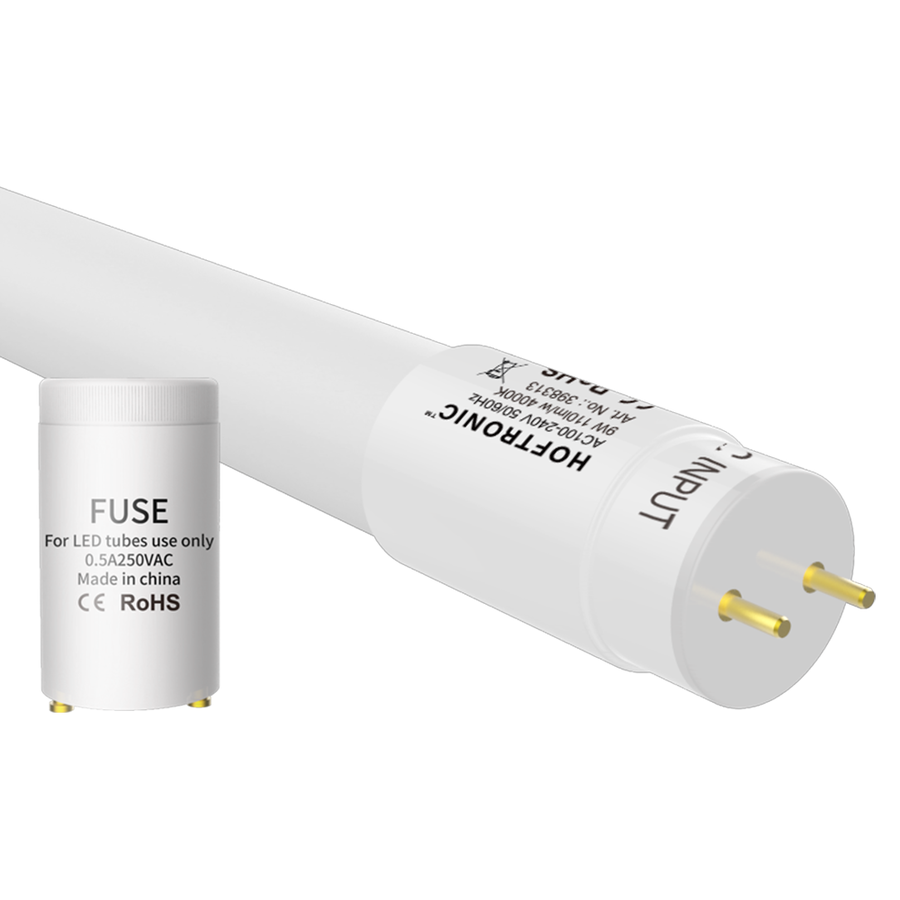
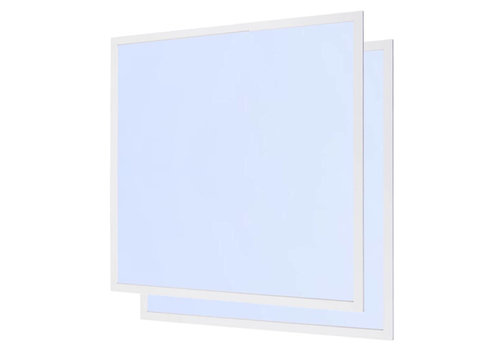
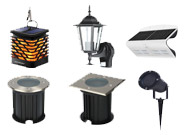
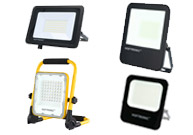

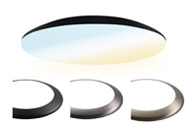
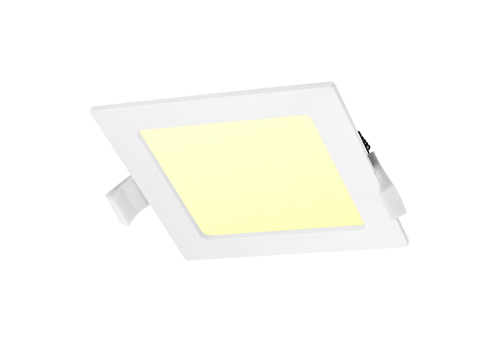
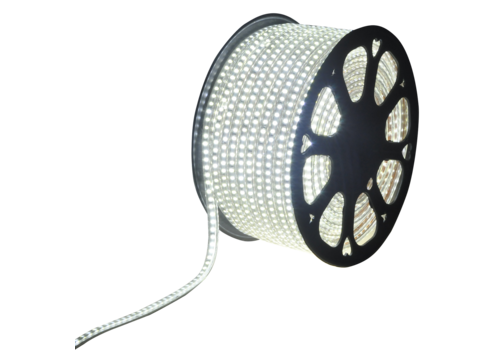

Comments
Be the first to comment...